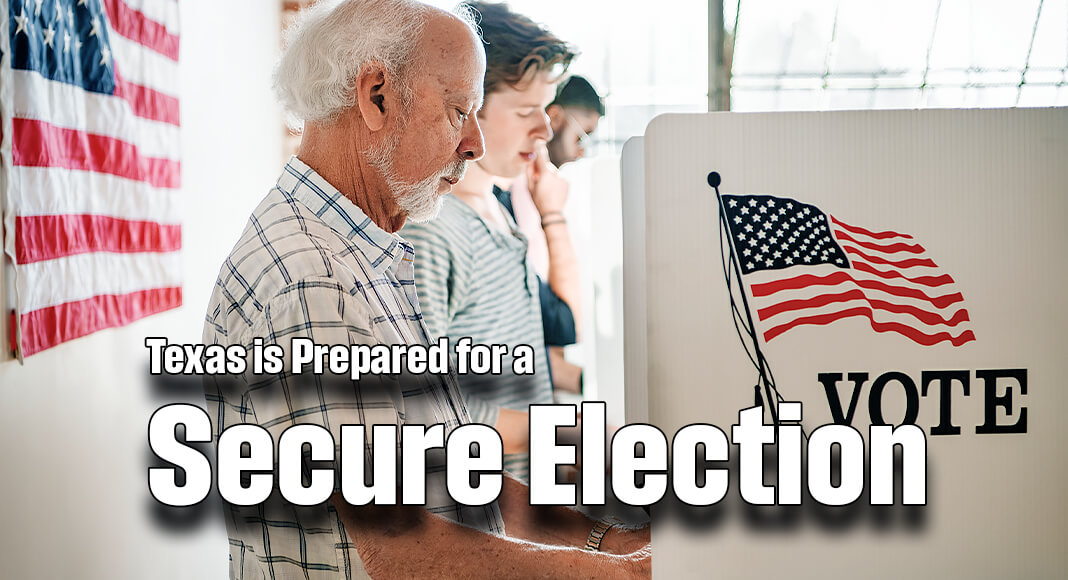
Texas Border Business
AUSTIN – On the first day of early voting for the November 5 Election, Secretary of State Jane Nelson reminds Texans about some of the ways the state promotes election security.
“Texas leads the way when it comes to election security, and I want voters to know our state and county officials are ready for the November election,” said Secretary Nelson. “Many security protocols are new, and others have been around for decades, but Texans deserve to know the ways we are working to secure their votes.”
While not a comprehensive list, Texas has put these security measures for before, during and after the election process:
Before:
- All voting systems are publicly tested before the machines are used in the election.
- Background checks are required for all personnel that prepare, test or service voting system equipment.
- Multi-factor authentication is required for access to the statewide voter registration database.
- The state requires annual cybersecurity training for any individual with access to the statewide voter registration database, mandatory reporting of any cybersecurity breach to the Legislature, and mandatory security assessments for county election departments.
- Texas continually updates the statewide voter registration database, removing voters who are ineligible due to death, moving, felony conviction, or lack of U.S. citizenship.
- The Secretary of State can withhold election funds from a county for failure to approve, change, or cancel a voter’s registration in a timely manner.
- Texans have the right to challenge the eligibility of any registered voter in their county.
- When Texans register to vote, they must provide a driver license number or a Social Security number which is authenticated by the state.
During:
- No voting system is ever connected to the internet at any point.
- Video recording and live streaming of all areas containing voted ballots is required in counties with a population of 100,000 or more.
- Before and after use each day, all voting systems are sealed and locked with devices containing unique serial numbers.
- Election workers at the polling place must confirm that there are zero votes cast at the opening of voting and at the end of voting they must compare the number of ballots cast to the number of voters that have checked-in on the poll list.
- Poll watchers are allowed to observe at all early voting and election day polling locations and at the central counting or accumulation station where ballots are being counted or vote totals accumulated.
- Voters at the polls are required to show ID to confirm their identity.
- Voters using mail-in ballots must provide their Texas driver license or ID card number or the last four-digits of their social security number when casting their ballot.
After:
- A post-election audit (partial manual count) is required for all elections that use paper ballots.
- The Texas Secretary of State’s Elections Division Audit Program conducts in-depth reviews and examinations of election records and documents maintained by county election officials to ensure election law and security procedures have been properly followed.
- The Legislature has increased penalties for election fraud including making illegal voting a felony.
To learn more about the process of voting and find out how to prepare for the polls, Texans can visit VoteTexas.gov, the state’s official voting resource.














